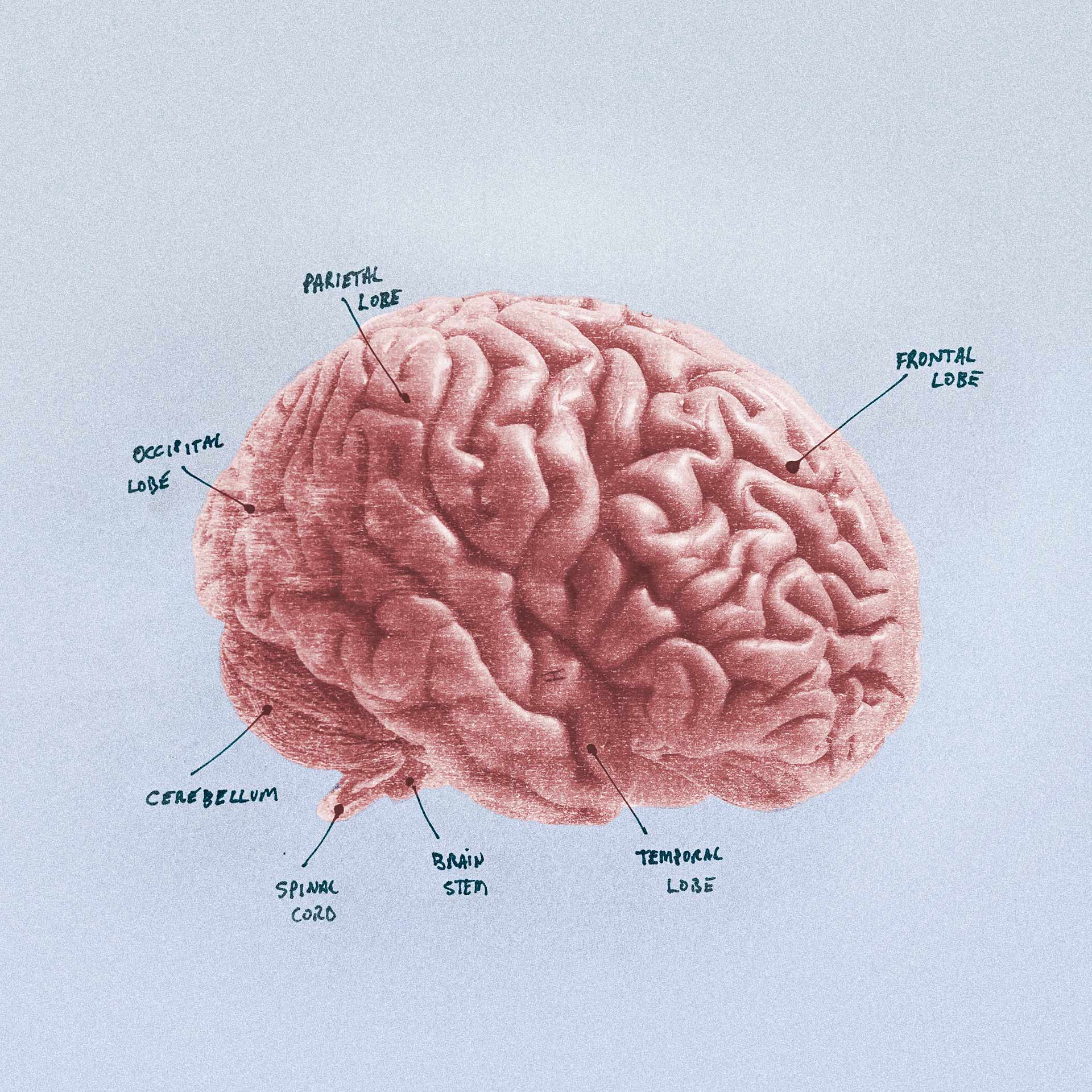Above: In this mosaic image stretching 340 light-years across, NASA’s James Webb Space Telescope Near-Infrared Camera displays the Tarantula Nebula star-forming region in a new light, including tens of thousands of never-before-seen young stars, previously shrouded in cosmic dust. The most active region appears to sparkle with massive young stars, appearing pale blue. Scattered among them are still-embedded stars, appearing red, yet to emerge from the nebula.
Outer Limits
Above: The Pillars of Creation are set off in a kaleidoscope of color the Webb telescope’s near-infrared-light view. Looking like arches and spires rising out of a desert landscape, the pillars are filled with semi-transparent gas and dust, and are ever-changing. This is a region where young stars are forming – or have barely burst from their dusty cocoons.
Above: A smattering of hundreds of background galaxies, varying in size and shape, appear alongside the Neptune system. If Earth were the size of a nickel, Neptune would be as big as a basketball. In most portraits, the outer planets of our solar system reflect this otherworldly size. However, Neptune appears relatively small in a wide-field view of the vast universe.
Above: This image from the Hubble Space Telescope shows spiral galaxy NGC 1309, where, in its outskirts, astronomers have observed a rare type Iax supernova. These thermonuclear supernovae are among the most important tools in astronomers’ toolkit for measuring cosmic distances. Beginning in 1998, observations of these explosions revealed that the universe has been expanding at an ever-accelerating rate. This is thought to be due to dark energy, the discovery of which won the Nobel Prize in Physics in 2011.
Above: Produced by the Event Horizon Telescope Collaboration, this long-anticipated look at the supermassive black hole sitting in the very heart of our galaxy, in the center of the Milky Way, was revealed in 2022. The image provides overwhelming evidence that the object, Sagittarius A*, is indeed a black hole and yields valuable clues about the workings of such giants, which are thought to reside at the center of most galaxies.


